Creating a successful website requires a strategic mix of different content types to engage visitors, improve SEO, and drive conversions. Whether you run a blog, an e-commerce store, or a corporate site, understanding the various kinds of content will help you craft a compelling online presence.
In this comprehensive guide, we’ll explore the most common types of website content, their purposes, and how to use them effectively.
1. Text Content: The Backbone of Websites
Text is the most fundamental type of website content. Articles, blog posts, and product descriptions provide valuable information to readers while improving search engine rankings. Well-written text helps establish authority, answer user queries, and guide visitors toward desired actions. For example, an “About Us” page builds trust, while FAQs reduce customer support requests by addressing common concerns. Additionally, testimonials and reviews enhance credibility, making them essential for e-commerce and service-based businesses.

2. Visual Content: Enhancing Engagement
Humans process visuals 60,000 times faster than text, making images, videos, and infographics powerful tools for engagement. High-quality photos showcase products effectively, while explainer videos simplify complex topics. Infographics present data in a digestible format, and slideshows highlight key features. Memes and GIFs add humor and relatability, making them popular on social media and blogs. Since visual content boosts retention and shares, incorporating it strategically can significantly improve user experience.
3. Interactive Content: Boosting User Participation
Interactive elements like quizzes, polls, and surveys encourage visitors to engage rather than passively consume content. Contact forms capture leads, while chatbots provide instant customer support. Interactive calculators (e.g., loan or calorie calculators) add value by solving specific problems. This type of content increases time spent on the site and improves conversion rates by making the experience more personalized and dynamic.
4. Audio Content: Expanding Accessibility
Audio content, such as podcasts and background music, caters to users who prefer listening over reading. Podcasts are great for storytelling, interviews, and industry insights, while voiceovers in videos enhance narration. Background music can set the mood for promotional videos or gaming websites. Since audio is easily consumable on the go, it helps reach audiences during commutes or workouts, making it a versatile content format.
5. Downloadable Content: Providing Value
E-books, whitepapers, templates, and checklists serve as lead magnets, encouraging users to share their email addresses in exchange for valuable resources. Businesses often use downloadable content in content marketing strategies to nurture leads. For example, a free resume template can attract job seekers, while a financial planning checklist can appeal to potential clients. Offering high-quality downloadable content builds trust and positions a brand as an industry expert.

6. User-Generated Content (UGC): Building Trust
UGC includes customer reviews, social media posts, forum discussions, and guest contributions. It adds authenticity, as people trust peer recommendations more than branded messages. Displaying customer photos, testimonials, or social media feeds on a website fosters community and increases credibility. E-commerce sites benefit greatly from UGC, as product reviews influence purchasing decisions and reduce skepticism.
7. E-Commerce Content: Driving Sales
Online stores rely on persuasive product descriptions, high-resolution images, and customer reviews to convert visitors. Shopping cart and checkout pages must be clear and frictionless to prevent cart abandonment. Discount banners and limited-time offers create urgency, boosting sales. Additionally, comparison charts and demo videos help shoppers make informed decisions, reducing returns and increasing satisfaction.
8. Navigation & Structural Content: Improving UX
A well-structured website ensures visitors find what they need quickly. Menus, breadcrumbs, and internal links guide users seamlessly. Call-to-action (CTA) buttons like “Buy Now,” “Subscribe,” or “Learn More” direct visitors toward conversions. A clear sitemap helps search engines index pages efficiently, improving SEO. Good navigation reduces bounce rates and enhances the overall user experience.

9. Dynamic & Personalized Content: Enhancing Relevance
AI-driven recommendations (e.g., “Customers also bought…”) and geolocation-based content personalize the browsing experience. Websites that adapt content based on user behavior (e.g., showing recently viewed items) increase engagement. Chatbots with personalized responses improve customer service, while dynamic pricing displays tailored offers. Personalization leads to higher retention and conversion rates by making users feel understood.
10. Legal & Compliance Content: Ensuring Transparency
Privacy policies, terms of service, and cookie consent notices are legally required for many websites. These documents protect businesses from liabilities and ensure compliance with regulations like GDPR and CCPA. Disclaimers (e.g., affiliate disclosures) maintain transparency with visitors. While legal content may not be exciting, it builds trust and prevents legal issues.
Conclusion: Crafting a Balanced Content Strategy
A successful website combines multiple content types to inform, engage, and convert visitors. Text and visuals form the foundation, while interactive and personalized elements enhance engagement. Downloadable resources and UGC build trust, and strong navigation ensures a smooth user experience.
By understanding these content types and their purposes, you can create a website that not only attracts visitors but also keeps them coming back. Whether you’re running a blog, an online store, or a corporate site, a well-rounded content strategy is key to long-term success.
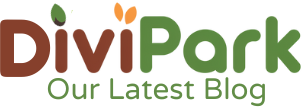
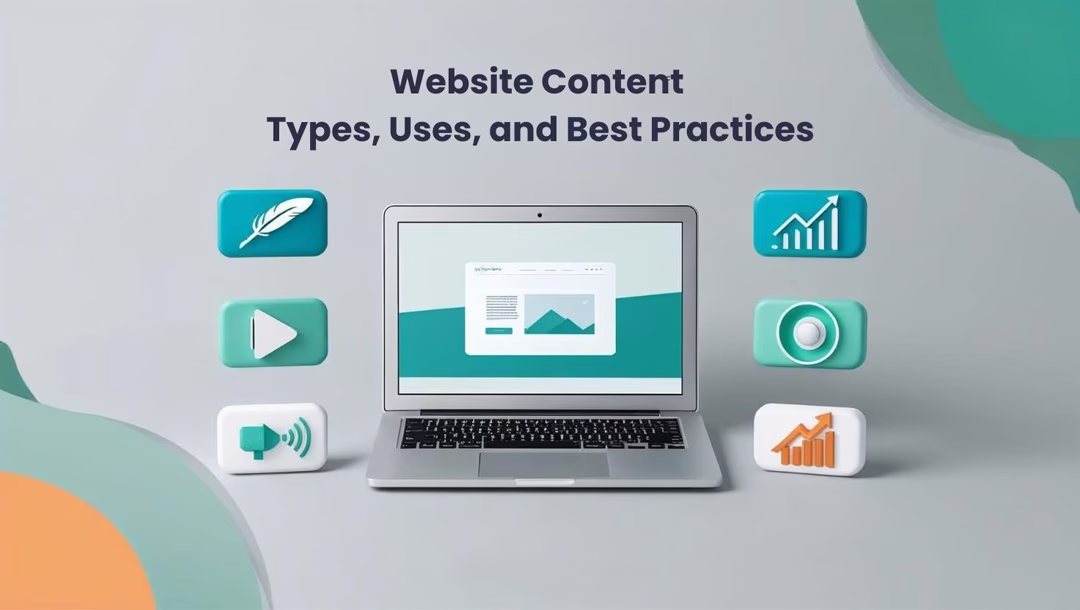

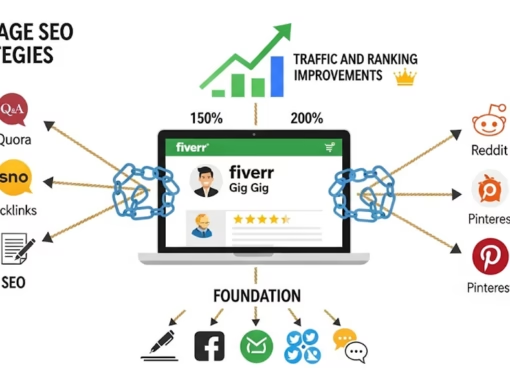

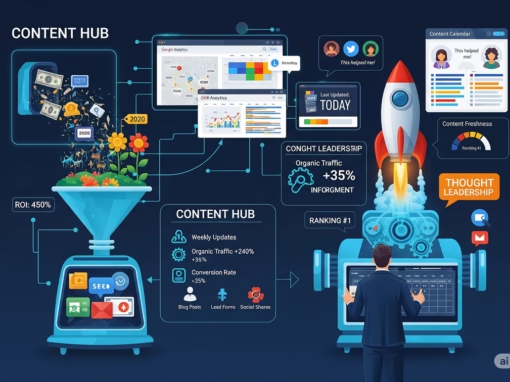
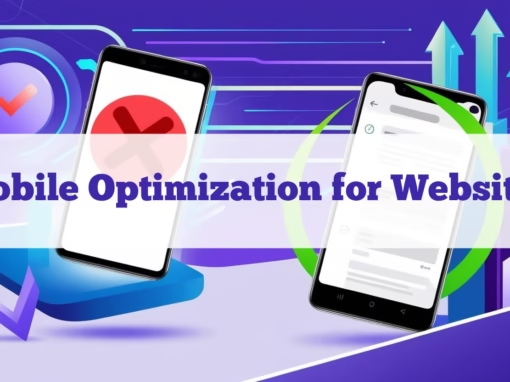
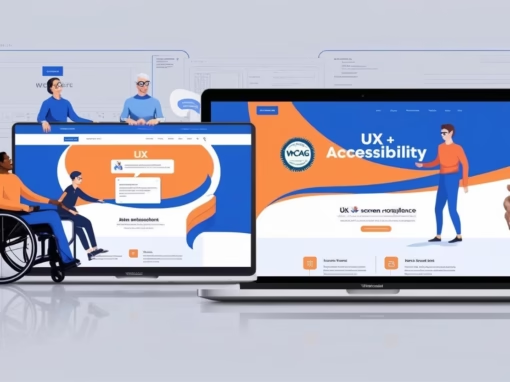

0 Comments